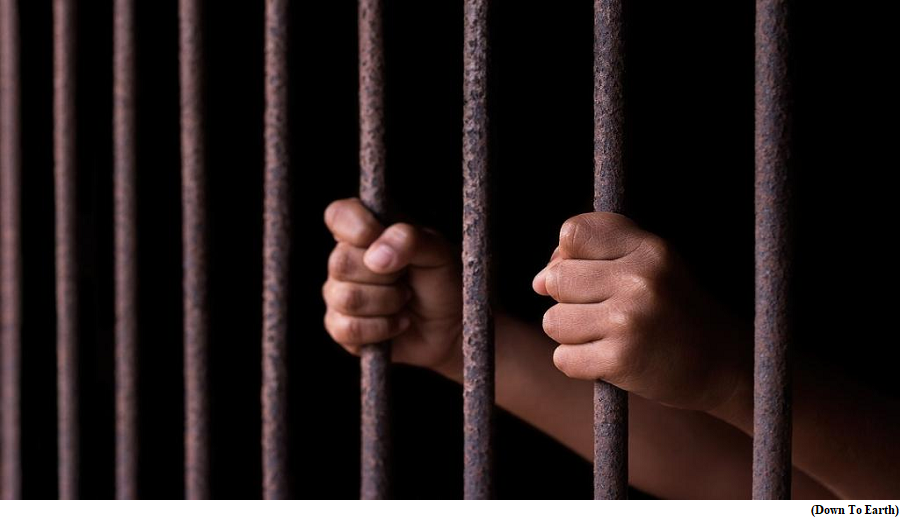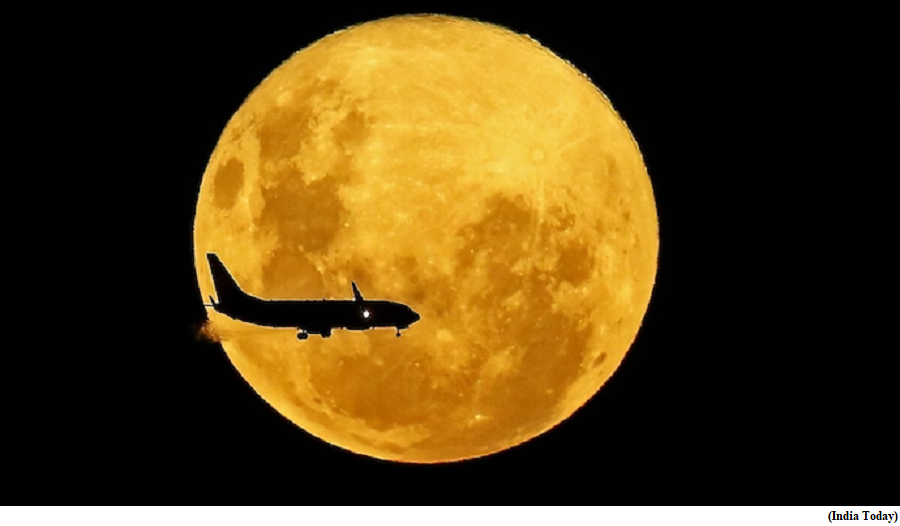European Sky Shield Initiative that ‘neutral’ Austria & Switzerland just joined (GS Paper 2, International Organisation)

Why in news?
- Recently, Europe, Austria and Switzerland known for their strong traditions of foreign policy neutrality have joined a regional grouping that seeks to develop a common air defence shield in the wake of Russia’s attack on Ukraine.
- The grouping is known as the ‘European Sky Shield Initiative’ (ESSI) for air defence, and both countries signed for it in Bern, Switzerland.
Background:
- The initiative was spearheaded by Germany after Russia invaded Ukraine, pushing other European countries to worry about their own security.
- In October 2022, defence ministers from 14 North Atlantic Treaty Organisation (NATO) members; Belgium, Bulgaria, Czech Republic, Estonia, Germany, Hungary, Latvia, Lithuania, the Netherlands, Norway, Slovakia, Slovenia, Romania and the UK came together with the Nordic country of Finland to form such a project.
- Today, the number of ESSI members has gone up to 19.
What is the purpose of initiative?
- The initiative aims to create a European air and missile defence system through the common acquisition of air defence equipment and missiles by European nations to strengthen NATO’s Integrated Air and Missile Defence (IAMD).
- The ESSI encourages the member countries to jointly develop an air and missile defence system using interoperable, off-the-shelf solutions.
- If faced with air and missile threats in the wake of Russia’s invasion of Ukraine, the initiative aims to leverage the already existing NATO cooperation framework and defend member states against missile threats.
- NATO, terming it a “multinational and multifaceted approach”, said it offers a flexible and scalable way for nations to strengthen their deterrence and defence in an “efficient and cost-effective way”.
- Multinational acquisition for the ESSI will be conducted through a Rapid Acquisition Track within NATO’s Modular Ground-Based Air Defence High Visibility Project, as decided by 10 allied defence ministers in February.
Response of France:
- NATO member France is not part of the initiative and has actually spoken against it.
- The French government reportedly believes that since the new system relies largely on US and Israeli defence industry, the project doesn’t adequately preserve European sovereignty.
What about neutrality?
Switzerland:
- Switzerland, a landlocked mountainous country located at the confluence of western, central and southern Europe, is bordered by Austria, France, Germany, Italy and Liechtenstein.
- One of the stark features of Switzerland’s foreign policy was the ‘Neutral’ status the country endowed upon itself in the Treaty of Paris in 1815.
- It adheres to the principle of not involving itself in any armed conflict between other states. Under the policy of neutrality, the country cannot allow other states to use its territory for war purposes.
- With the Russia-Ukraine war, which is happening too close for comfort for Switzerland, it is believed that the country has started moving into the NATO fold in order to preserve its security.
- Switzerland, however, is not a member of the NATO alliance, which requires mutual action and assistance in times of war.
- It is argued that Switzerland stopped being on the path of “traditional neutrality” when it joined the United Nations in 2002. Switzerland, in fact, even joined hands with the European Union for the imposition of sanctions against Russia post its invasion of Ukraine.
- Moreover, Swisscoy, a unit of Swiss armed forces, was also deployed in Kosovo as part of the NATO-led Kosovo Force for peacekeeping.
Nordic countries:
- Austria also considers itself a neutral state, a feature of its foreign policy currently undergoing a test.
- Sweden and Finland also upheld neutrality until May 2022, when they simultaneously handed their official letters of application to join NATO.
- NATO heads of state and government extended an invitation to Finland and Sweden to join the alliance at the Madrid Summit on 29 June, 2022.
Over half of world’s child trafficking victims trafficked within own country, Report
(GS Paper 2, Social Justice)
Why in news?
- Over half of child trafficking victims across the world are trafficked within their own country, according to a new report.
- The report titled, ‘From Evidence to Action: Twenty Years of IOM Child Trafficking Data to Inform Policy and Programming’, was prepared by International Organization for Migration (IOM) and François-Xavier Bagnoud Center for Health and Human Rights at Harvard University.

VoTD:
- It is based on the analysis of extensive, globally sourced data, using the IOM Victims of Trafficking Database (VoTD).
- The VoTD is the largest available international database of individual victims of trafficking. It contains primary data collected from approximately 69,000 victims of human trafficking.
- These victims belong to 156 nationalities and were trafficked in 186 countries. They registered with IOM in 113 countries where the Organization works.
Key Findings:
- Child trafficking victims come from all backgrounds and genders. Some 57.4 per cent of child victims were female and 42.6 per cent were male.
- No age range is immune to child trafficking. Child victims ranged from 0 to 17 years old.
- Children aged 13-17 formed the largest group of child victims (46.6 per cent).
- Close to half of the child victims of trafficking (43.4 per cent) were being trafficked for forced labour (mainly boys), in a wide range of industries, such as domestic work, begging and agriculture.
- Sexual exploitation, including through prostitution, pornography, and sexual servitude, is also prominent, affecting 20 per cent of trafficked children, predominantly girls.
- The victims trafficked for sexual exploitation were commonly trafficked internationally, while those trafficked for forced labour were more likely to be trafficked domestically.
- In cases of international trafficking, children are mostly trafficked to neighbouring, wealthier countries.
Exploitation:
- Child victims reported being exploited in domestic work (14.5 per cent), begging (10.2 per cent), hospitality (3.4 per cent) and agriculture (3.3 per cent). Female child victims are more likely to report sexual exploitation (30.3 per cent) than male child victims (7.3 per cent).
- About 37.3 per cent of child victims originating from Europe and Central Asia were trafficked for sexual exploitation. Over 56.9 per cent of identified child victims had been trafficked within their country of origin.
Recruiters:
- More than half of the child victims reported the involvement of friends and family in their recruitment into trafficking (37.4 per cent and 14.7 per cent, respectively; 51.1 per cent, taken together).
- Family and friends play an important role in the recruitment of children in countries where either widespread or localised extreme poverty is common.
- False promises were the most common means of control reported by children (58.9 per cent), followed by psychological and physical abuse (56.3 per cent and 50.6 per cent, respectively).
- Use of threats against the victims (39.5 per cent), as well as the use of excessive working hours to control them (36.5 per cent), were also reported by a sizeable share of child victims.
Recommendations:
- The report recommended engagement in special cooperative measures on counter-trafficking and climate change, as well as on crisis preparedness and response.
- It suggested integrating counter-trafficking into climate change, environmental and disaster risk reduction policies and programmes, including during preparedness and response to disasters, with tailored programmes to address the vulnerability of children to trafficking.
- It also suggested empowering communities affected by climate change, environmental degradation and disasters to develop community-based mitigation strategies aimed at reducing human trafficking.
Granite found on the Moon reveals clues of ancient lunar volcanoes
(GS Paper 3, Science and Technology)
Why in news?
- Scientists have discovered evidence of past volcanic activity on the Moon, despite the surface being damaged by intense impacts from outer space.

Details:
- A colossal granite formation, located beneath the lunar surface, is believed to have resulted from the cooling of molten magma that once fueled a volcano.
- This active volcano is estimated to have erupted over 3.5 billion years ago, during the Moon's early history. Given that the Moon is approximately 4.5 billion years old, this discovery provides valuable insights into its volcanic past.
Basis of study:
- The study used microwave frequency data gathered by two Chinese lunar orbiters, Chang'E-1 in 2010 and Chang'E-2 in 2012, to measure the heat below the surface of a suspected volcanic feature on the Moon.
- The concluded that the heat source originates from a concentration of radioactive elements unique to the Moon, indicating the presence of granite in the feature known as Compton-Belkovich.
Granite:
- Granites are igneous rocks that form remnants of the underground plumbing systems of extinct volcanoes. They are created when lava cools and solidifies within the Earth's crust.
- The presence of the granite body on the Moon could provide valuable insights into the formation of the lunar crust during its early stages.
- Located in a region previously identified as a volcanic complex, this batholith surprised researchers with its size, estimated to have a diameter of approximately 50 kilometers.
Batholiths:
- Batholiths are the cooled portion of magma chambers.
- Batholiths, which are much larger than the surface volcanoes they fed, can be found worldwide. For example, the Sierra Nevada mountains are a batholith, remnants of an ancient volcanic chain in the western United States.
Water presence:
- In the past, scientists have already discovered evidence of water on the Moon, due to missions such as India's Chandrayaan, conducted by ISRO.




